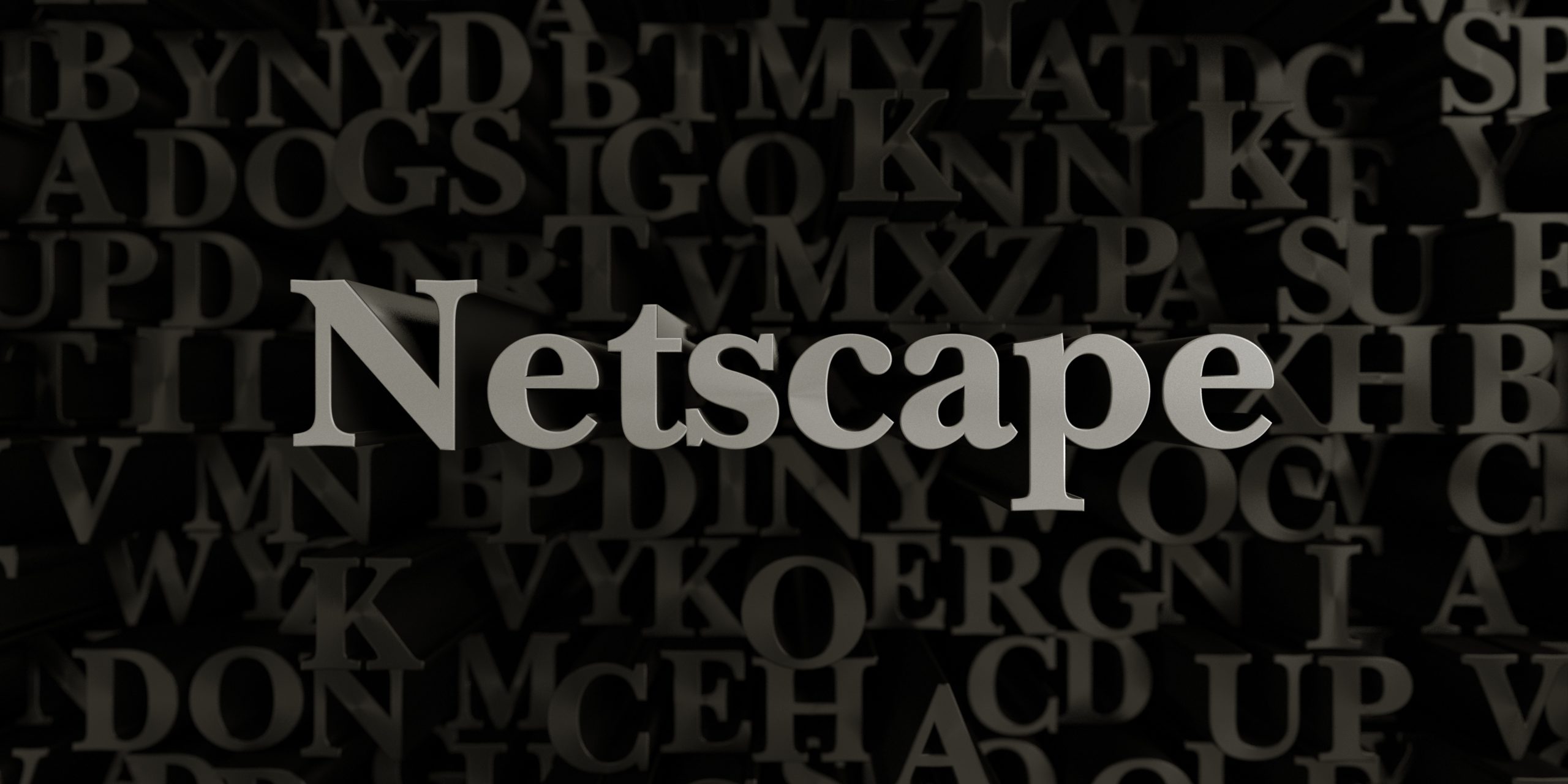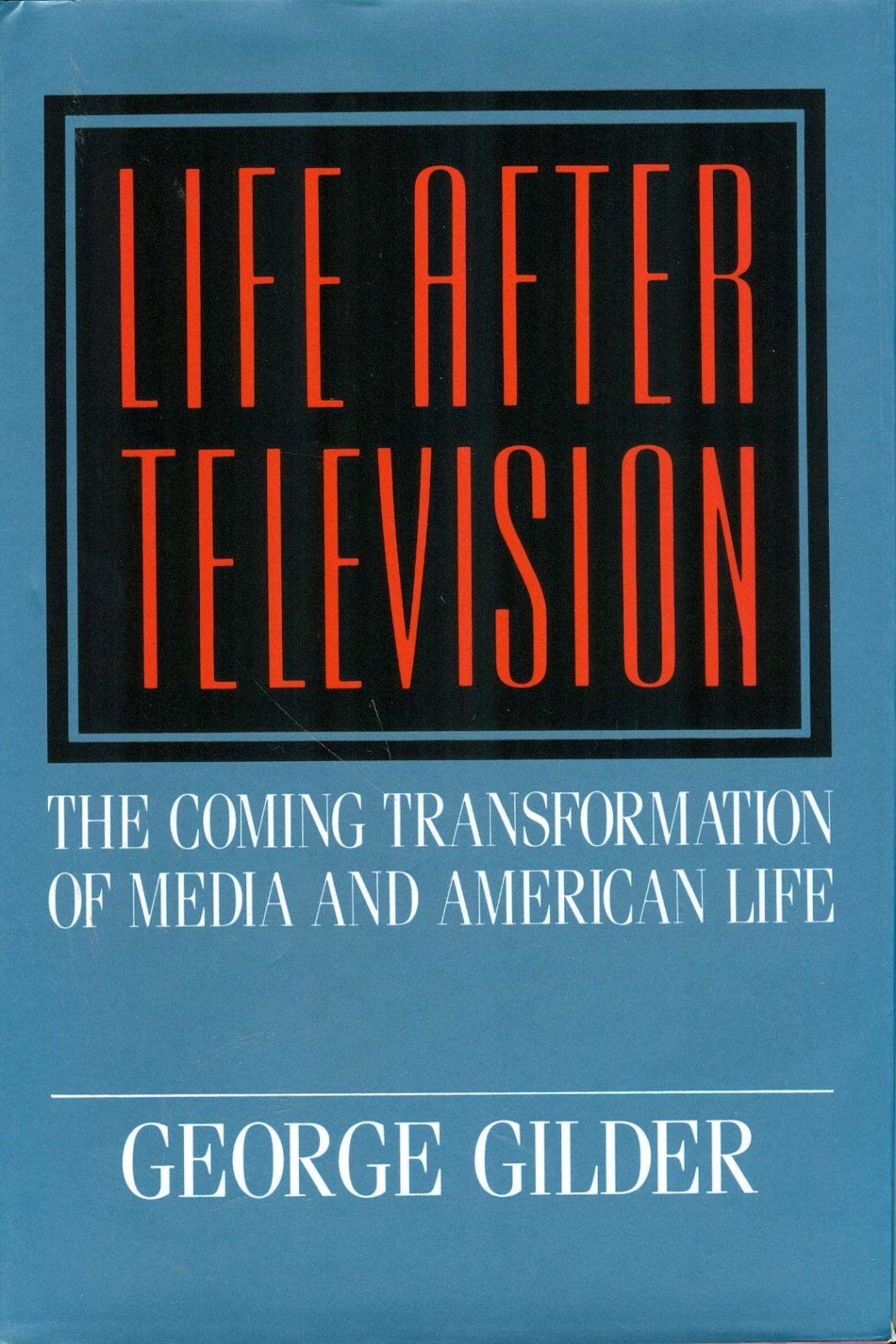The Idea Behind the Internet Law Task Force (ILTF)
The idea for creating a legal analog to the Internet Engineering Task Force (IETF) occured to Peter Harter while writing an essay criticising Senator Exon’s “Communications Decency Act of 1995” (S.314). Click here to see this unpublished essay.) The following is a brief idea outline for the Internet Law Task Force , written prior to the launch of the task force in October of Read More ›


